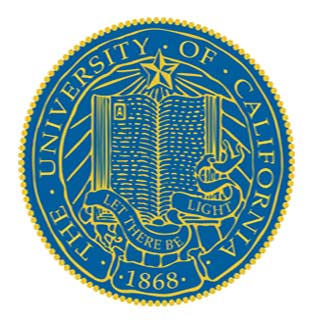
Harry Rubin recognizes that cancer cells seem to be having mutations in hundreds of genes. Apparently, this makes it difficult in determining the chief triggers in turn making prognosis and treatment evenly complex. More so, normal tissue appears to differ from person to person because of numerous less disruptive mutations. In addition to different environmental exposures, both of which could affect future cancer risk.
Though it may be hard to analyze the role of each of these mutations, their collective effect may be apparent in tissue before any cancers develop. Particularly, increases in how densely the cells grow, which Rubin argues are the beginning of cancer, may possibly be detectable even before the cancer appears. Furthermore, warning of risks could perhaps be lessened by behavioral changes.
“Over a 50-year career, I’ve worked with cells transforming (into cancer) in culture and seen the first step in a dynamic way, seen cells continuing to multiply when they should have stopped. This is the first step in cancer, though not yet cancer and you can measure these changes quantitatively,†elucidates Harry Rubin, professor emeritus of molecular and cell biology at UC Berkeley.
The problem, certainly, is that it is unfeasible to test all the body’s tissues in order to determine whether they appear to have abnormal cell growth. However, Rubin has discovered proof from other studies that, in some cases, skin fibroblasts seem to demonstrate these early changes even before cancer appears in other tissues, such as the colon.
Rubin further stated that, “The abnormal growth behavior of skin fibroblasts in cancer-prone individuals has suggested that, at least in some cases, cancer can be considered a systemic disease and that this difference in the behavior of skin fibroblast cells from such individuals may be a practical basis for prevention, diagnosis and management of the disease.â€
“It’s a great idea, scientifically; the question is, ‘Is it there clinically?’ This is interesting enough that someone should look to see whether it is clinically reliable,†says Douglas Brash, professor of therapeutic radiology, genetics and dermatology at Yale School of Medicine.
Dr. Stuart H. Yuspa, co-chief of the Laboratory of Cancer Biology and Genetics at the National Cancer Institute, agreed saying that, “Harry’s ideas are always amazing, and I admired the paper. His idea has scientific support, and if it turned out to be correct, it could be extremely valuable for people, assuming they would want to know their risk.â€
Allegedly, Rubin supports his argument on numerous studies over the past fifty years in order to show that cancers grow from a larger ‘field’ of abnormally multiplying cells which otherwise look normal. Supposedly, these ‘field’ cells are usually unnoticed by surgeons when they remove solid cancers.
In fact, the large size of the field may possibly make its entire removal impossible. Nevertheless, pathologists have shown that the cells seem to be able of again giving rise to cancers.
“These cells have early mutations that could lead to cancer. Even though they look normal, they multiply in places where they shouldn’t and eventually accumulate enough mutations to form a carcinoma. They are the first stage in cancer, but not cancer,†continues Rubin.
Cancerization which is the inappropriate growth is known to be a sign that the normal processes which stop growth when cells contact one another may have been disrupted. Although it does not completely get disrupted since otherwise the cells could possibly attack the basic connective tissue thereby turning into cancerous.
Rubin was believed to have shown in experiments fifteen years ago that if you take cells that grow normally in cell culture and help mutations, and then select for behavioral abnormalities involving growth, you could be able to get proliferation of cells that behave like cancerization field cells.
In the same way, while normal skin fibroblast cells seem to develop to a certain density and stop, fibroblasts from cancer-susceptible individuals grow to an uncommonly high density in a Petri dish. Rubin claimed that difference between fibroblasts from normal and cancer-susceptible individuals could perhaps be amplified in order to improve the detection of those at risk of cancer.
Rubin anticipates that, “If this works out after studying a large number of cases, then the people who are found to have a high probability of developing cancer would be more likely to pay attention to their diet, exercise, weight, smoking and behaviors that are known to contribute to an increased risk of cancer. Basic studies of a cell culture model for field cancerization should reveal the conditions that drive or delay the process and could be applied in prevention of cancer.â€
He believes that the growth change in skin fibroblasts appears to herald a universal change in all the body’s epithelial tissue, i.e. the tissues which line all the body organs. The most widespread cancers including colon, breast, lung, skin, head and neck seem to be occurring from epithelial tissue.
In certain cancer-prone families, for instance, the same mutated gene could be found in all tissues, and the fibroblasts grow to high densities in culture, similar to epithelial cells in a precancerous field function inside the body.
The findings of the study have been published in the journal, Cancer Epidemiology, Biomarkers and Prevention.
